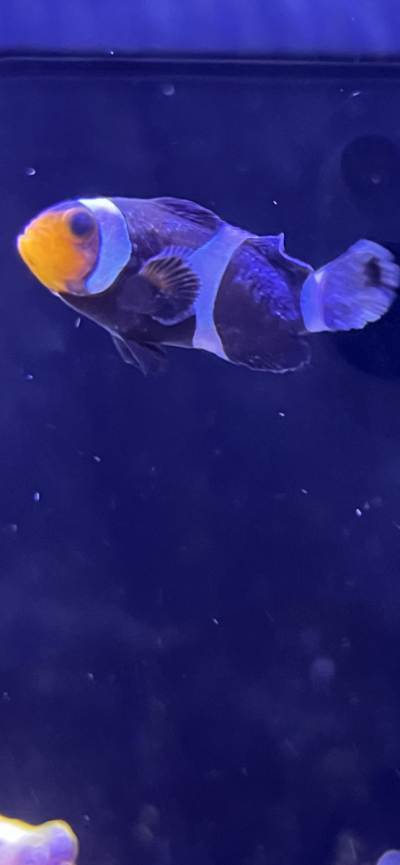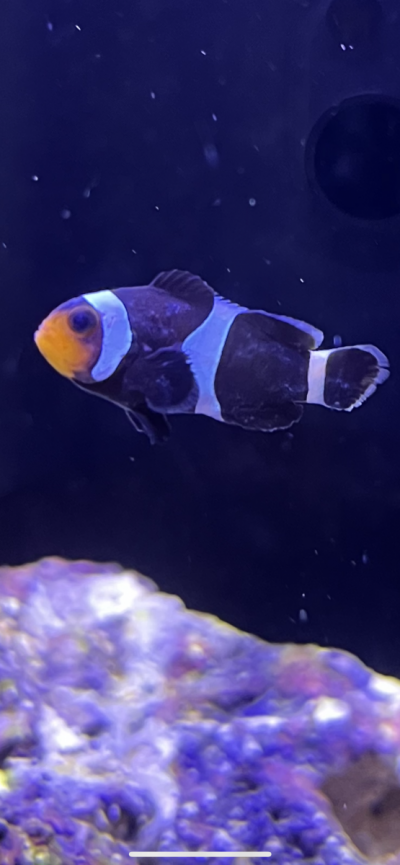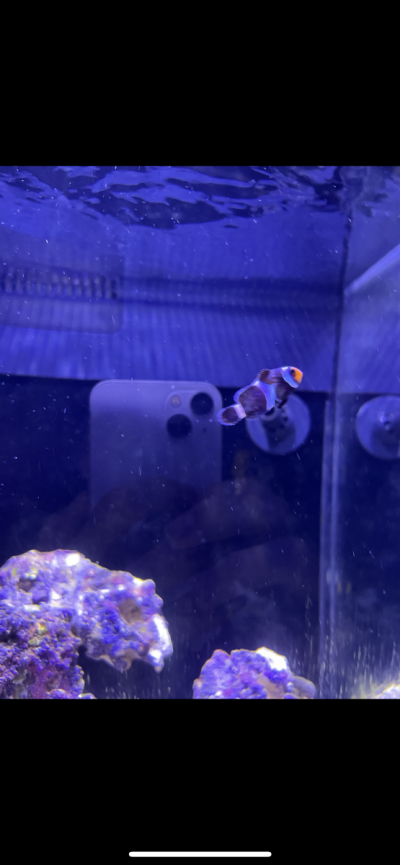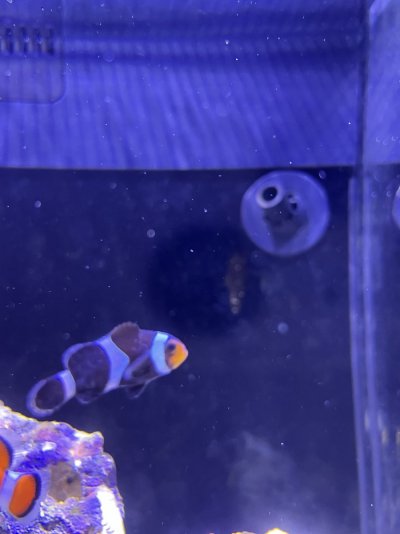my black nimo has cloudy spots on him, see video.
I first noticed this three days ago only on his right side, to a much less degree. Now it has spread to both sides, its almost like white smudges! behavior seems normal, he still eats great, swims around with other clown.
tank info: 20 gallon 1 wrasse 2 clowns
nothing is wrong with my water parameters, so idk!



I first noticed this three days ago only on his right side, to a much less degree. Now it has spread to both sides, its almost like white smudges! behavior seems normal, he still eats great, swims around with other clown.
tank info: 20 gallon 1 wrasse 2 clowns
nothing is wrong with my water parameters, so idk!






















